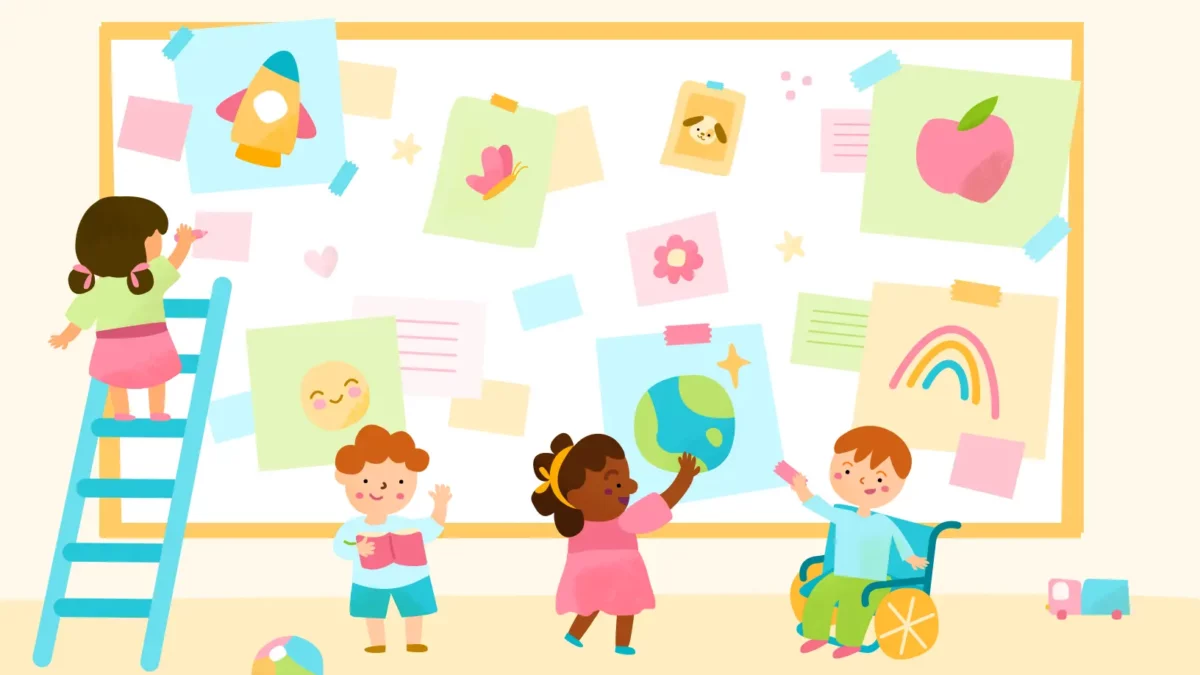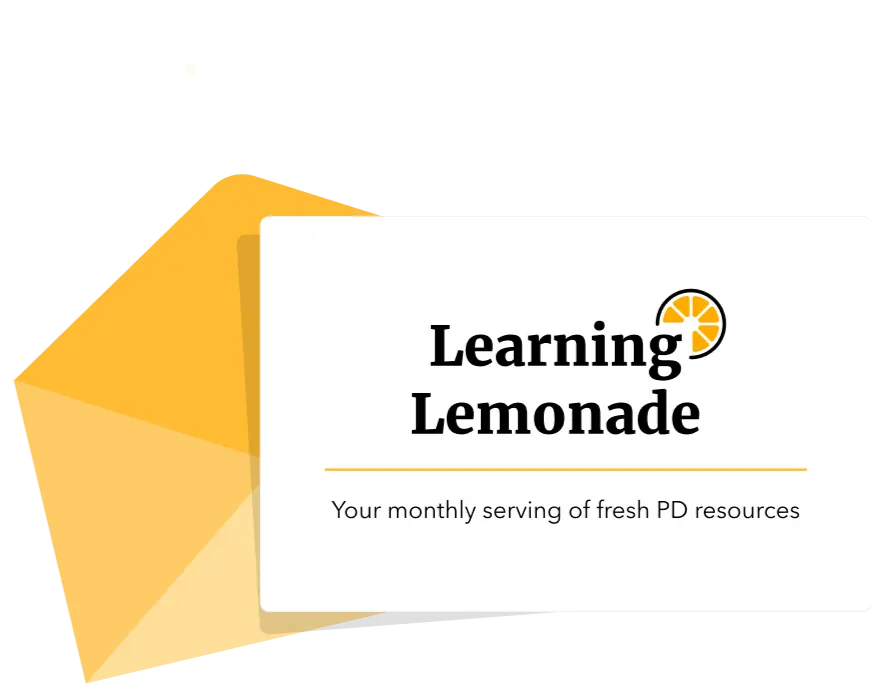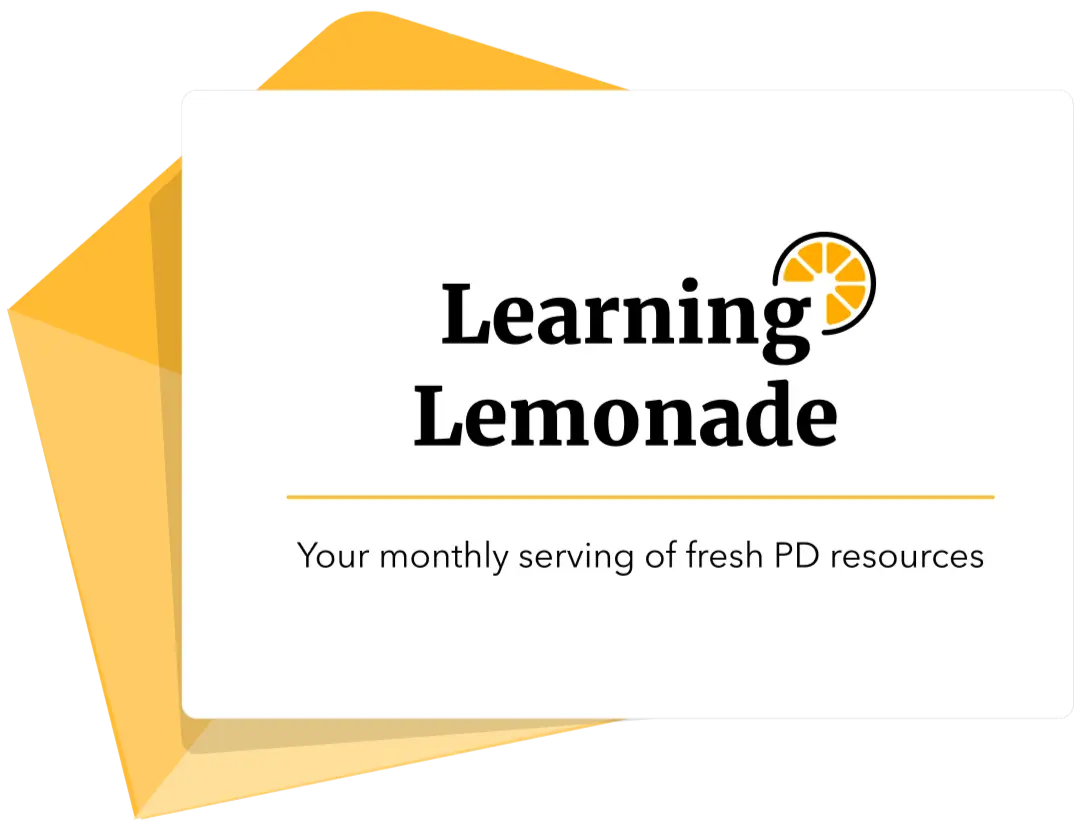Nurturing Student Agency in a Virtual Setting
With the release of the Enhanced PYP, many schools and educators have started to develop their understanding of PYP: From Principles to Practice, with an emphasis on Agency! To this end, you may have created Professional Learning Communities or study groups to empower teachers to have agency. Your planning meetings may have transformed from feedback-focused to reflection and feedforward-driven, with the intention of keeping an eye on formative reflection and assessment of learners and teachers, alike. In this blog and through my webinar, I discuss how our school community has adapted to these changes and how we are empowering students to have agency – be it in-school or at-home.
How can we transfer “our learning” and implement it in a virtual setting?
We started experimenting with new practices in August of 2019. Reading different publications from the Teacher Support Material section of the PRC, our essential question was: how can we involve students as agentic learners in co- constructing the unit?
To develop as learners, students should feel in control of things happening around them and feel that they can influence events. They should feel a sense of ownership of their own learning and the action that comes from that learning. Students develop deep understanding when they design their learning; they begin to understand the why. This naturally leads them to think about the what, the how and the so what.
As PYP educators, we thought about how we could continue to enhance agency, deliberate autonomy and leadership in our students in a virtual setting? During this academic year, we experimented on how we can make students ‘leaders’ in designing their learning.
The role of the PYP teacher in a virtual setting
With this sudden move to emergency remote learning some of us had the spring break to prepare for, and some, just a weekend, many of us focused on tasks. What concept should our students explore, what math skill should we reinforce,what tasks can I give the students to cover an objective, what do we have planned for next week and can we keep our plans?
Just reflecting about it, we can see that there are similarities between both scenarios: core principles and practices. There are practices that I would not say change; there are practices that we need to extend.
The role of the student in a virtual setting
In a school setting, the child feels safe, he knows his teacher, his class, his cubby…
In a virtual setting, all these things are ” unknown” and we expect our learners to react and respond the same way as they would in a regular setting. As educators, we need to relook at who our students are as learners in a virtual setting and avoid generalizing what their setting could be and what resources they might have access to. When planning, think about your learners in this new setting.
Co- constructing a unit of inquiry in a virtual setting
Carefully designed provocations and varied resources are key. Our guiding questions were:
- How can we maintain students’ leadership in designing the unit of inquiry?
- What tools do we have to promote agency?
- How can we make sure that all students can be part of this teaching and learning process?
- In what ways can we collect student responses?
- How can they design the different elements of the unit?
How we started
We started by providing students with provocations focused on key concepts and related concepts. Students reflected on the provocations through guided concept-based questions by the teacher.
To collect student responses, students were directed to use a digital note-taking tool, to jot down words or phrases that they thought about as they responded to the provocations.
For example, for our Grade 4 Unit, How we Express Ourselves, students were given picture prompts, and videos that focus on different forms of media, the story behind some ads. Students jotted their concepts and related concepts on the note-taking tool. After the provocations, the teachers took screenshots of the responses and shared them with students on Microsoft Teams. With a comprehensive platform like Toddle, you could do this within Toddle too, both in physical and remote learning environments.

In groups, students reflected on their responses to construct a possible central idea for the unit of inquiry.
Using the place mat activity, and one collaborative document that all groups could access, each group had to write the central idea they came up with.
As a class, the students joined the homeroom teacher and came up with a central idea which came very close to the one that we already had in our programme of inquiry.

Moving forward
Teachers created a survey for students which students accessed independently to design the elements of the unit. Results were then shared with students and a discussion helped frame the conceptual understanding that was then explored under the transdisciplinary theme.
As we continue to teach in the remote setting, it’s integral to ensure that we keep asking ourselves how we can give students the opportunity to co-construct the unit, to ensure it’s at the heart of how we teach. By giving students a voice in constructing their learning and taking ownership of their learning, we will also likely be better supporting them as learners during these unprecedented times.
Watch Ola’s deep-dive into ideas and strategies to promote student agency here.
















